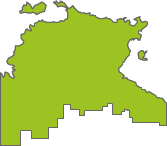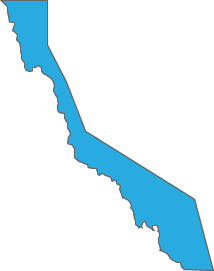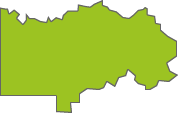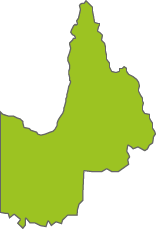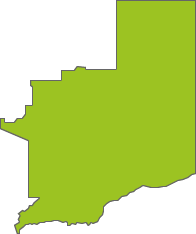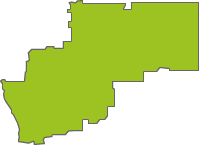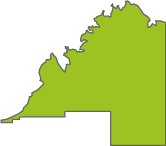Announcements
Hi everyone,We're very pleased to welcome Katarina Christenson to our team as NatureMapr Test Lead.Katarina has been giving Lewis and our group of volunteer mobile app testers a huge hand with testing...
Continue reading
NatureMapr feed to DCCEEW Biodiversity Data Repository now live
NatureMapr Data Management and Privacy Policy update
Events
Photographic Competition Exhibition at the CSIRO Discover CentreTwenty-three framed photographs of the competition winners and finalists will be on display at the CSIRO Discover Centre from 22 May 202...
Continue reading
Discussion
Animal Welfare is another issue. The suffering experienced by animals poisoned by anti-coagulants is variable (because bleeding sites vary a bit) but judging mainly from a study of pigs poisoned with Warfarin, unacceptable. (That's why Warfarin is no longer used for pig control in Namadgi). It is common now to find recommendations on mammal identification or wildlife photography sites to humanely kill any rodents found moribund.
Mus musculus
Cacomantis flabelliformis
Echium plantagineum
Significant sightings
- Galenia pubescens at Watson, ACT
- Asplenium gracillimum at Namadgi National Park
- Calochlaena dubia at Brindabella National Park
- Asparagus asparagoides at Greenway, ACT
- Charopidae sp. (family)
- Fletchamia sp. at Walpole-Nornalup National Park
- Fletchamia quinquelineata at Coolatai, NSW
- Onychophora sp. (phylum) at Coolatai, NSW
- Eucalyptus bridgesiana at Kowen, ACT
- Oxypetalum coeruleum at Oakey Hill
Latest identifications
Pogona barbata at Goorooyarroo NR (ACT)
Litoria verreauxii verreauxii at Goorooyarroo NR (ACT)
Pterostylis sp. at Uriarra Village, ACT
Pterostylis sp. at Uriarra Village, ACT
Pterostylis sp. at Uriarra Village, ACT
Pterostylis sp. at Uriarra Village, ACT
Pterostylis sp. at Uriarra Village, ACT
Pterostylis sp. at Uriarra Village, ACT
Notamacropus rufogriseus at Jacka, ACT
Pterostylis sp. at Uriarra Village, ACT
Wallabia bicolor at Jacka, ACT
Wallabia bicolor at Jacka, ACT
Microtis sp. at Cotter Reserve
Eriochilus cucullatus at Uriarra Village, ACT
Diuris sp. at Uriarra Village, ACT
Diuris sp. at Uriarra Village, ACT
Megachile lucidiventris at Cordeaux Heights, NSW
Xylocopa (Lestis) aerata at Austinmer, NSW
Xylocopa (Lestis) aerata at Keiraville, NSW
Top contributors
- AlisonMilton 12.4K
- trevorpreston 12.2K
- michaelb 10.2K
- Tapirlord 9.5K
- RodDeb 9.2K
- Mike 8.4K
- KylieWaldon 6.2K
- kasiaaus 6.1K
- jb2602 6K
- MatthewFrawley 5.5K
Top moderators
- MichaelMulvaney 42.7K
- Tapirlord 22.2K
- natureguy 15.1K
- donhe 12.6K
- Liam.m 11.8K
- michaelb 11.6K
- ibaird 10.8K
- KimPullen 7.9K
- MatthewFrawley 5.8K
- AlisonMilton 5.3K
Explore Australia by region
Australian Capital Territory
Canberra & Southern TablelandsNew South Wales
Albury, WodongaCanberra & Southern Tablelands
Central West NSW
Far West New South Wales
Greater Sydney
Hunter Region
New England
New South Wales North Coast
Riverina Murray
South Coast
Southern Highlands
Northern Territory
Central and BarkleyTop End and Big Rivers






















































































![Unidentified Cap on a stem; gills below cap [mushrooms or mushroom-like] at suppressed by SandraH Unidentified Cap on a stem; gills below cap [mushrooms or mushroom-like] at suppressed by SandraH](https://api.naturemapr.org/api/sightings/4572166/images/1?width=300&height=300)















































